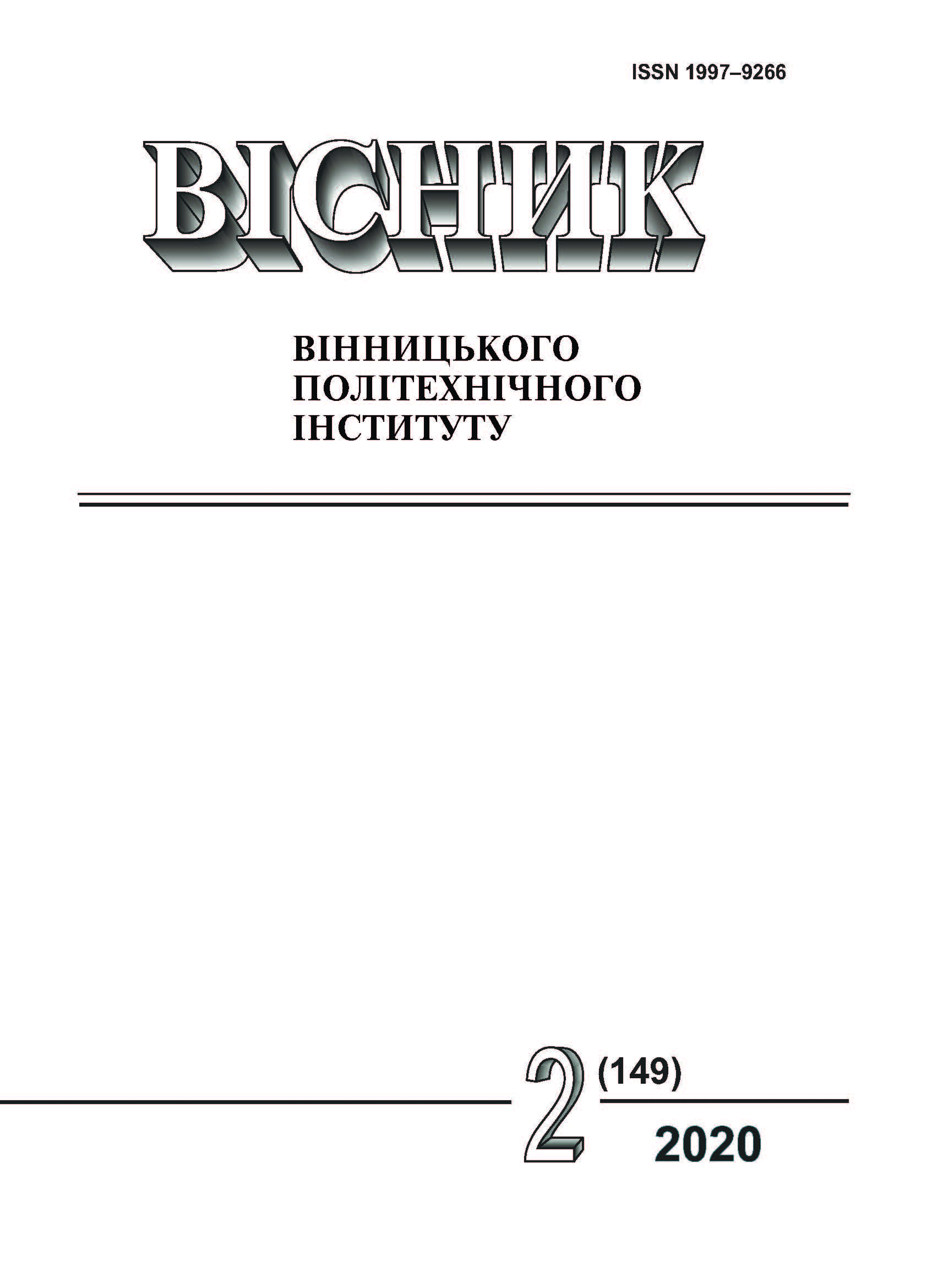System Transformation of the Mathematical Model for the Process of Forgetting the Knowledge Obtained by a Student at Lecture and the Method of its Identification
DOI:
https://doi.org/10.31649/1997-9266-2020-149-2-50-57Keywords:
forgetting of knowledge, bands of forgetting, speed of forgetting, synergistic memory component, mathematical model, iterative way of identification, optimal parameter estimatesAbstract
Systematic transformation of the mathematical model for the process of forgetting the knowledge obtained at the lectures was carried out by an “excellent students” (with a high level of memory) with reference to the “bands of forgetting” characteristic for this category of students; obtained by “intermediate students” (with good memory) with an attachment to the “bands of forgetting” characteristic of this category of students; obtained by mediocre students (with the same median level of memory) with an attachment to the category of “bands of forgetting” characteristic of this category; obtained by students with a grade point average lower than average but able to receive a satisfactory grade in the process of no more than two examinations with an attachment to the student's “bands of forgetting” category; and those obtained by poorly performing students who must either be deducted or retained for a student with a “bands of forgetting” characteristic of this category.
System-transformed mathematical model is implemented in relative time and contains three basic parameters, one of which characterizes the rate of forgetting by the student of the information obtained at the lecture, the second characterizes the synergistic component that slows down the process of forgetting, and the third characterizes that component of the received information that remains in student’s memory forever.
On the basis of the least squares criterion, a method of identification of a systematically transformed mathematical model for the process of forgetting the knowledge obtained at the lectures by students of the categories listed above was implemented using computational structures tied to the corresponding “bands of forgetting”, through which an iterative method of obtaining optimal estimates is realized above.
References
Б. І. Мокін, і О. О. Войцеховська, «Удосконалення ймовірнісної математичної моделі процесу забування інформації, отриманої студентом на лекції,» Вісник Вінницького політехнічного інституту, № 4, с. 49-57, 2019.
Б. І. Мокін, А. В. Писклярова, і О. Б. Мокін, «Дослідження впливу синергетичної складової у математичній моделі процесу засвоєння студентом навчальної дисципліни,» Інформаційні технології та комп’ютерна інженерія, № 2, с. 9-14, 2013.
Л. М. Приснякова, Системный анализ поведения личности. Днепропетровск, Украина: издатель Овсянников Ю. С., 2007, 218 с.
Б. І. Мокін, і О. Б. Мокін, «Підвищення ступеня адекватності моделі процесу забування знань,» Вісник Вінницького політехнічного інституту, № 4, с. 116-121, 2013.
В. Н. Тутубалин, Теория вероятностей. Москва: изд-во Московского университета, 1972, 230 с.
Б. І. Мокін, В. Б. Мокін, і О. Б. Мокін, Математичні методи ідентифікації динамічних систем, навч. посіб. ВНТУ, Вінниця, Україна: ВНТУ, 2010, 260 с.
Я. З. Цыпкин, Адаптация и обучение в автоматических системах. Москва: изд-во «Наука», 1968, 400 с.
Downloads
-
PDF (Українська)
Downloads: 169
Published
How to Cite
Issue
Section
License
Authors who publish with this journal agree to the following terms:
- Authors retain copyright and grant the journal right of first publication.
- Authors are able to enter into separate, additional contractual arrangements for the non-exclusive distribution of the journal's published version of the work (e.g., post it to an institutional repository or publish it in a book), with an acknowledgment of its initial publication in this journal.
- Authors are permitted and encouraged to post their work online (e.g., in institutional repositories or on their website) prior to and during the submission process, as it can lead to productive exchanges, as well as earlier and greater citation of published work (See The Effect of Open Access).





